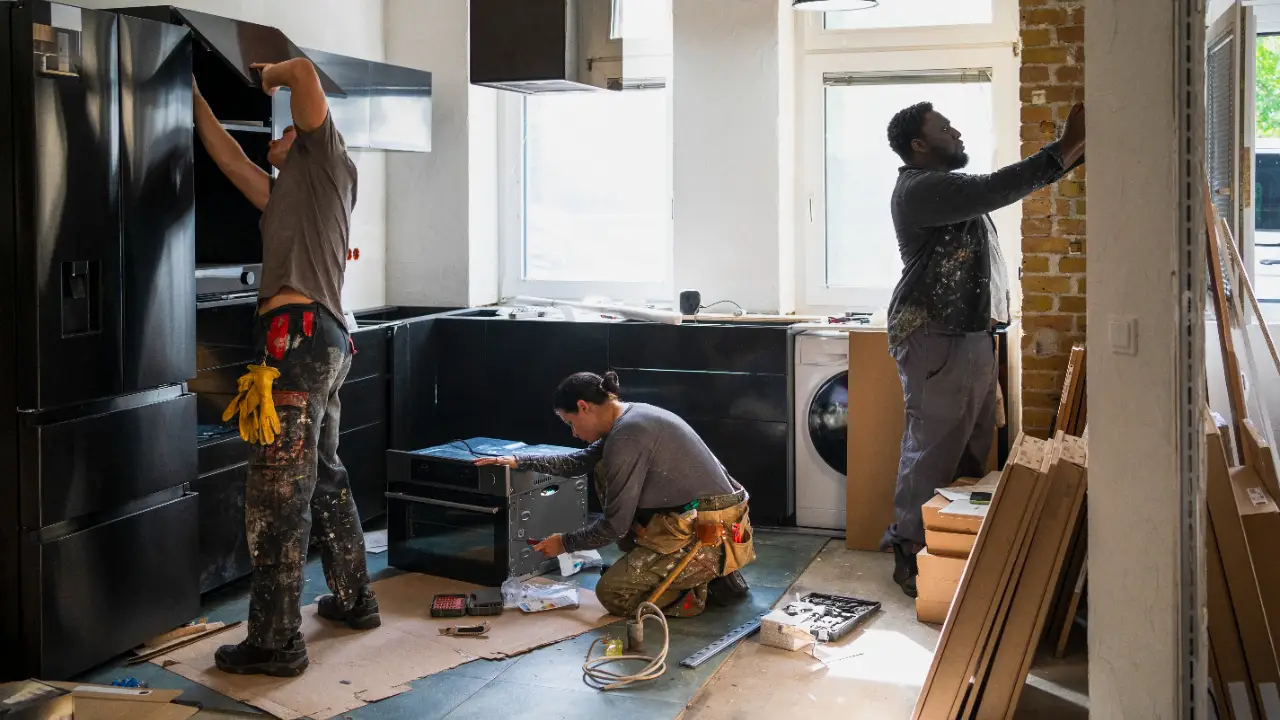Home remodeling projects often bring excitement as homeowners envision new designs and enhanced living spaces. However, unexpected costs can arise, leading to budget overruns and financial stress. While initial estimates may seem reasonable, unforeseen expenses often emerge during the renovation process. Understanding these hidden costs beforehand helps homeowners plan more effectively and avoid surprises.
Permit Fees and Legal Approvals
Many renovations require permits, especially structural modifications, electrical upgrades, and plumbing changes. While some homeowners may assume permits are minor expenses, they can add up depending on local regulations. Fees vary by location and project scope, and failure to obtain necessary approvals can result in penalties or project delays. Researching local permit requirements ensures compliance and prevents costly fines.
Increased Utility Bills During Construction
Remodeling often requires prolonged use of electricity and water, leading to higher utility bills. Contractors may need additional lighting, power tools, and water access for construction activities. Temporary heating or cooling systems may also be required to maintain comfort during renovations NYC. Factoring in increased energy consumption prevents unexpected fluctuations in monthly expenses.
Structural Repairs and Unforeseen Damage
Older homes may conceal hidden structural issues that only become apparent during renovations. Water damage, foundation problems, or weakened support beams may require immediate repairs before continuing with the remodel. These unexpected challenges can add substantial costs to the project. Conducting thorough inspections before starting ensures that homeowners anticipate potential repairs.
Material Waste and Overages
Even with careful planning, excess materials may be required due to measurement errors, transportation damages, or last-minute design changes. Flooring, tiles, and paint may need additional quantities beyond initial estimates. Some materials may also become unusable due to miscalculations or improper handling. Having a contingency budget for material overages helps accommodate these unexpected needs.
Labor Costs Beyond Initial Estimates
Many homeowners focus on material expenses but underestimate labor costs, which can increase due to project complexity or unforeseen challenges. If structural adjustments, plumbing reroutes, or electrical rewiring become necessary, labor expenses rise accordingly. Contractors may also charge additional fees if the project extends beyond the planned timeline. Clear communication with professionals helps manage expectations and prevent budget overruns.
Temporary Living Arrangements
Major renovations often disrupt daily routines, making temporary living arrangements necessary. Homeowners may need to relocate to hotels, rental properties, or family homes while construction takes place. Even if remaining in the house, meal costs may rise due to limited kitchen access, prompting more dining out or ordering takeout. Planning ahead for temporary accommodations ensures a smoother transition during remodeling.
Delivery and Transportation Fees
Ordering materials and furniture often incurs delivery fees, especially for large or fragile items. Heavy materials such as countertops, flooring, and appliances may require specialized transport. Expedited shipping options can further raise costs if materials are needed urgently to prevent delays. Accounting for delivery expenses in the budget avoids last-minute surprises.
Post-Renovation Cleaning and Disposal
Construction generates dust, debris, and leftover materials that require thorough cleaning. Professional cleaning services may be necessary to remove fine dust from ventilation systems, walls, and flooring. Waste disposal costs also add up, with some areas requiring fees for bulk trash collection or dumpster rentals. Factoring in cleaning and disposal expenses ensures the space is ready for comfortable living post-renovation.
Landscaping and Exterior Adjustments
Home renovations often impact outdoor spaces, requiring additional landscaping work. Driveways, gardens, and walkways may need restoration after construction equipment usage. Exterior paint touch-ups, fencing repairs, and drainage adjustments contribute to hidden costs. Considering outdoor restoration ensures that the home maintains curb appeal after remodeling.
Furniture and Decor Upgrades
Newly remodeled spaces often require updated furniture and décor to complement the design. Homeowners may find existing furnishings no longer fit the new aesthetic, prompting additional purchases. Rugs, curtains, lighting fixtures, and accent pieces may need replacements to achieve the desired look. Including decorative elements in the budget prevents financial strain after construction completion.
Maintenance and Long-Term Costs
Some remodels introduce features that require ongoing maintenance, such as high-tech appliances, smart home systems, or custom installations. Specialized materials may need periodic upkeep, and certain finishes require professional servicing over time. Homeowners should research maintenance requirements before installing new components to ensure affordability beyond the initial investment.
Conclusion
Home remodeling offers exciting possibilities, but hidden costs can disrupt financial plans without careful preparation. Anticipating permit fees, labor expenses, material overages, and post-renovation adjustments allows homeowners to create realistic budgets. Strategic planning minimizes financial stress and ensures a successful transformation. By understanding the full scope of expenses, homeowners can confidently navigate their renovation journey while enjoying long-term benefits. Transform your living space with expert craftsmanship—discover stunning home renovation solutions at https://nycrenovation.com/about/.



